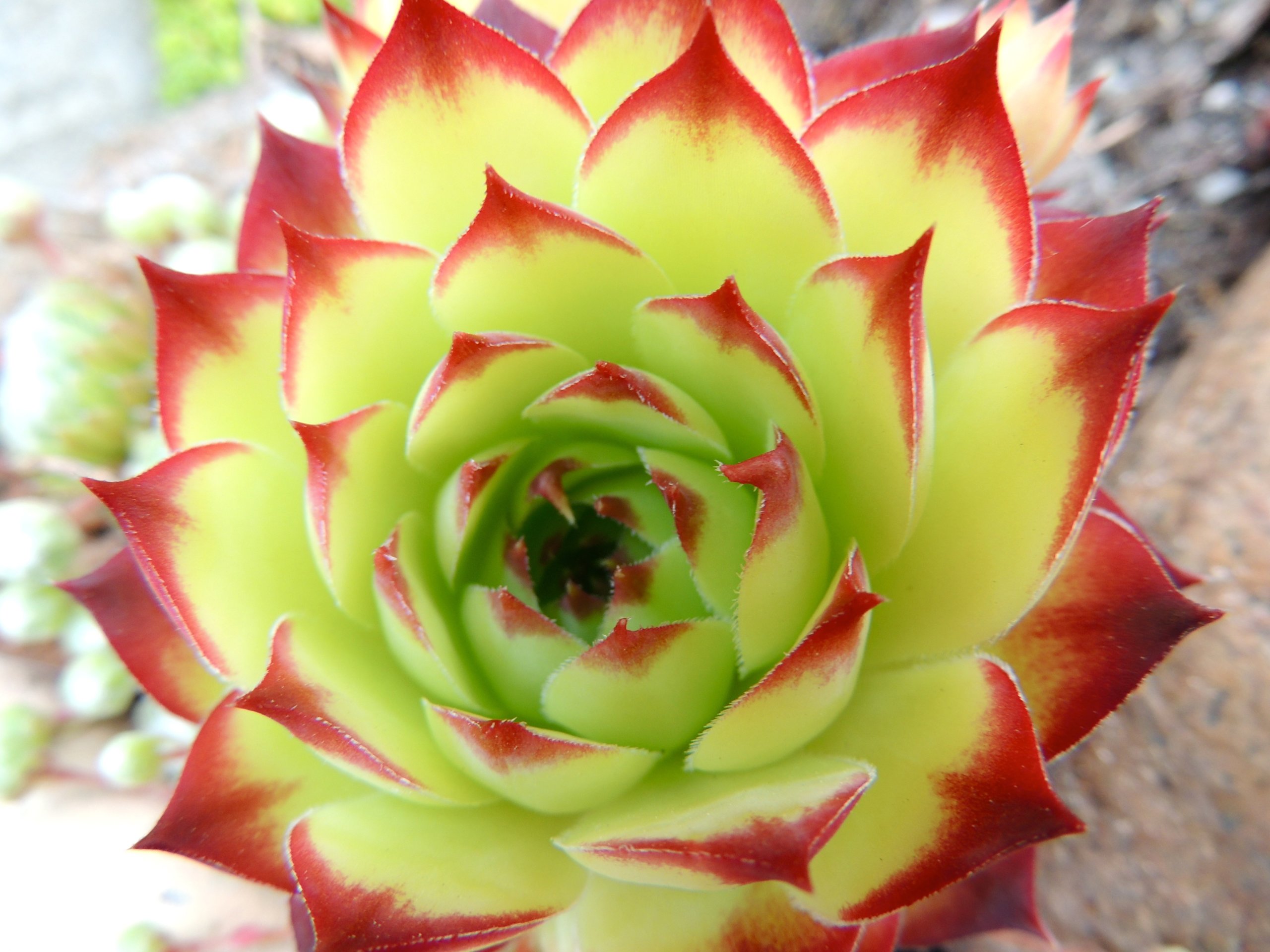Succulents with Variegated Leaves
If you want to add color and interest to your plant collection, variegated succulents are a great choice. Succulents with variegated leaves have patterns or patches of colors like white, yellow, or pink that make each plant look unique and eye-catching. These special markings are caused by changes in the plant’s genetics, making no two variegated succulents exactly alike.
You will notice that variegated succulents come in different shapes and sizes. Some have stripes, spots, or irregular edges, adding new textures to your space. By learning more about these plants, you can create a standout display that draws attention and brings variety to your garden or home.
Understanding Variegated Leaves in Succulents
Variegated succulents are known for their colorful, unusual leaf patterns. These changes in color come from different pigments and can affect how the plant grows and survives.
What Is Variegation in Succulents
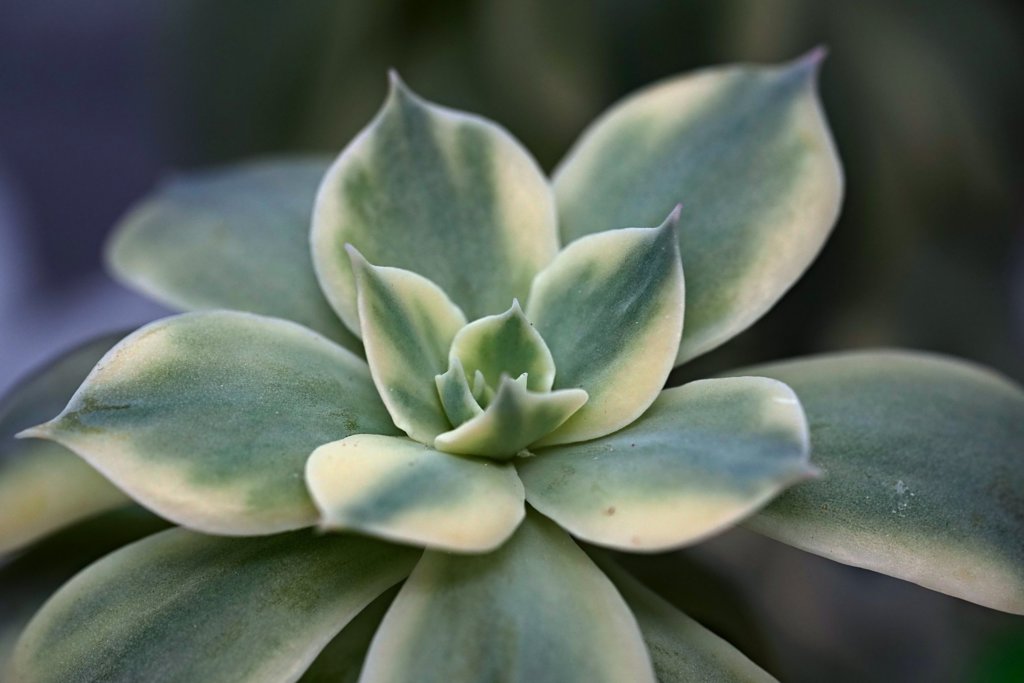
Variegation is when a succulent has leaves that show more than one color on the same leaf. The colors might be white, yellow, pink, or red, mixed with shades of green.
This happens because some parts of the leaf have less chlorophyll, which is the green pigment. Without as much chlorophyll, the plant’s natural green color becomes patchy or striped with other hues.
Variegation can appear as stripes, spots, edges, or blotches. Each type gives the plant a unique look. Some succulents have variegated stems or even flowers, but leaf variegation is the most common.
Causes of Variegated Leaf Patterns
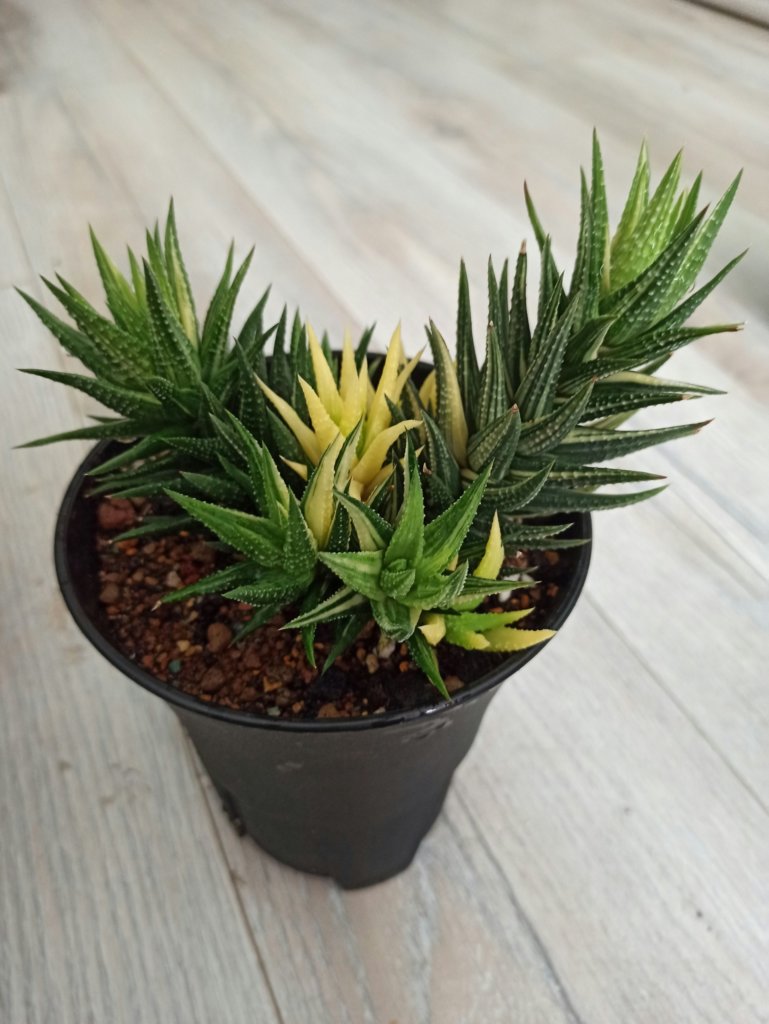
Most variegation in succulents is due to a genetic mutation. These mutations stop some leaf cells from making chlorophyll.
Variegation is not an adaptation. It happens by chance and can be passed to new plants when you take cuttings or offsets. In rare cases, variegation comes from viruses or environmental changes, but this is less common in succulents.
Sometimes, the plant can “revert”, or start growing plain green leaves again. This is called reversion and often happens because green leaves make more energy for the plant.
Role of Pigments in Leaf Coloration
Three main pigments affect the color of succulent leaves:
- Chlorophyll: Gives leaves a green color and is needed for photosynthesis.
- Carotenoids: Add yellow or orange colors and can help protect the plant from too much light.
- Anthocyanins: Create red, pink, or purple shades, usually in response to sun or stress.
When a succulent is variegated, areas with less chlorophyll let carotenoid or anthocyanin pigments show. This is why some patches are creamy, yellow, or pink. The mix of these pigments gives each variegated succulent its own distinct pattern.
How Variegation Impacts Succulent Growth
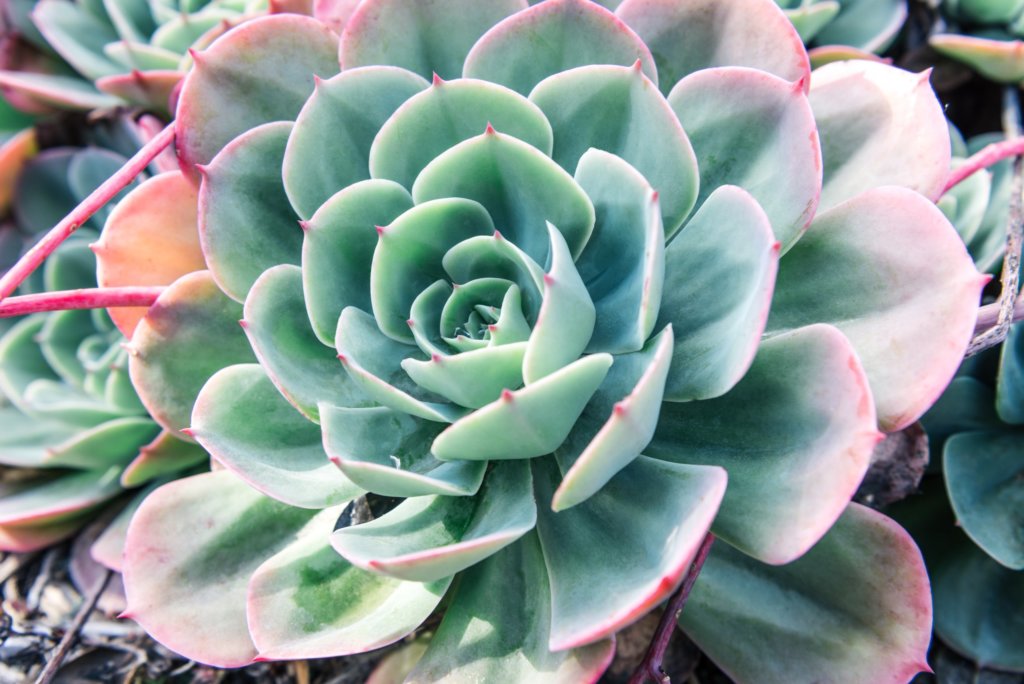
Variegated succulents have less chlorophyll and make less food from sunlight. This means they usually grow slower than their all-green relatives.
Leaves without much chlorophyll can burn faster in direct sun because they have less natural protection. They often need filtered light to avoid leaf damage.
Some variegated areas may be weaker or more sensitive to changes in water or temperature. Because they do not make as much energy, variegated succulents may need careful care to stay healthy. Regular turning and removing all-green shoots can help your plant keep its patterns.
Popular Succulent Genera with Variegated Leaves
Certain succulent genera are well known for their striking variegated varieties. These include Echeveria, Agave, Aloe, Aeonium, Kalanchoe, Crassula, Haworthia, Sedum, and Senecio, each offering unique patterns and color combinations in their leaves.
Echeveria Variegated Varieties
Echeveria is one of the most popular genera among collectors. Many variegated Echeveria cultivars catch the eye with creamy, light green, and pink-edged leaves.
One standout is the Echeveria ‘Compton Carousel’. Its blue-gray rosettes have broad creamy borders that sometimes show a hint of pink. Another favorite, Echeveria ‘Lenore Dean’, displays similar patterns.
These plants prefer bright light to keep their colors strong. Too much shade can cause variegation to fade. Echeverias need well-draining soil and infrequent watering.
Variegated Echeverias are usually grown for their looks rather than flowers, but some also produce delicate, bell-shaped blooms in late spring or summer.
Agave and Aloe Variegated Cultivars
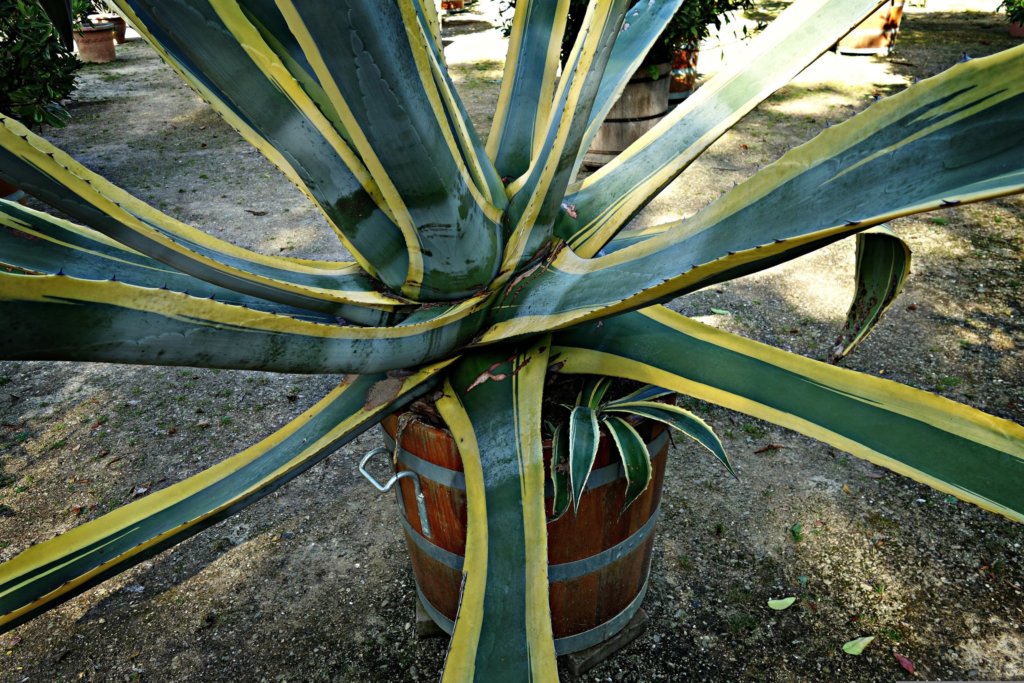
Agave and Aloe species are famous for their strong leaves and bright markings. Variegated cultivars of Agave often show yellow, white, or light green stripes along the leaf margins or centers.
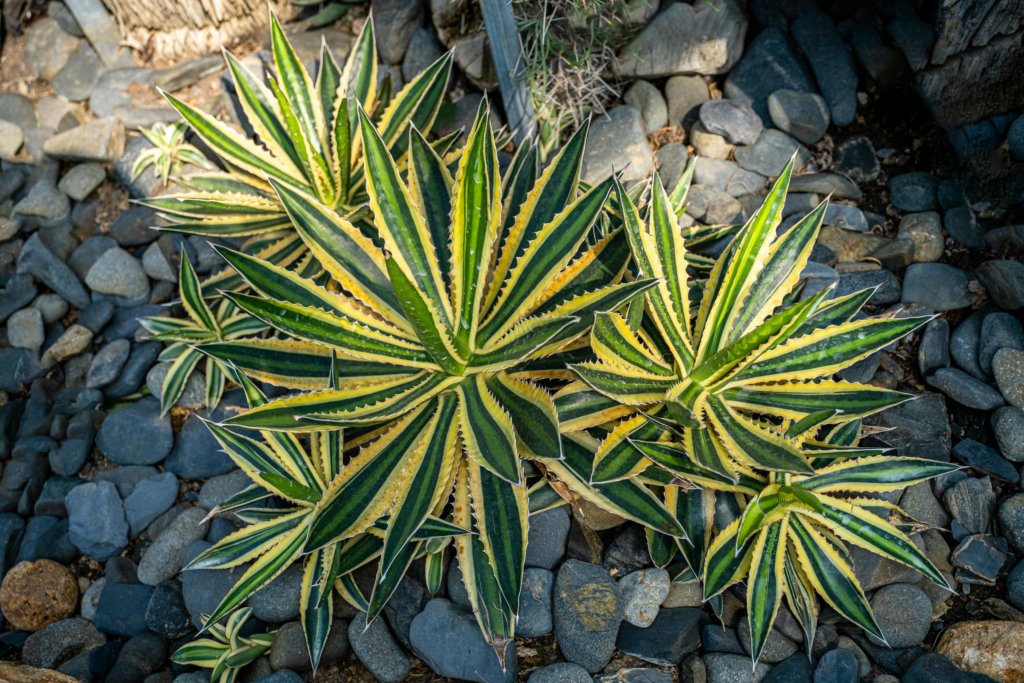
The Agave americana ‘Variegata’ has striking yellow-edged leaves, while Agave ‘Quadricolor’ mixes yellow, green, and red. These agaves prefer lots of sunlight and minimal water.
Aloes are also popular for variegation. Aloe variegata (also called Tiger Aloe) shows white horizontal bands on green leaves. Other Aloe hybrids often display speckled or streaked patterns.
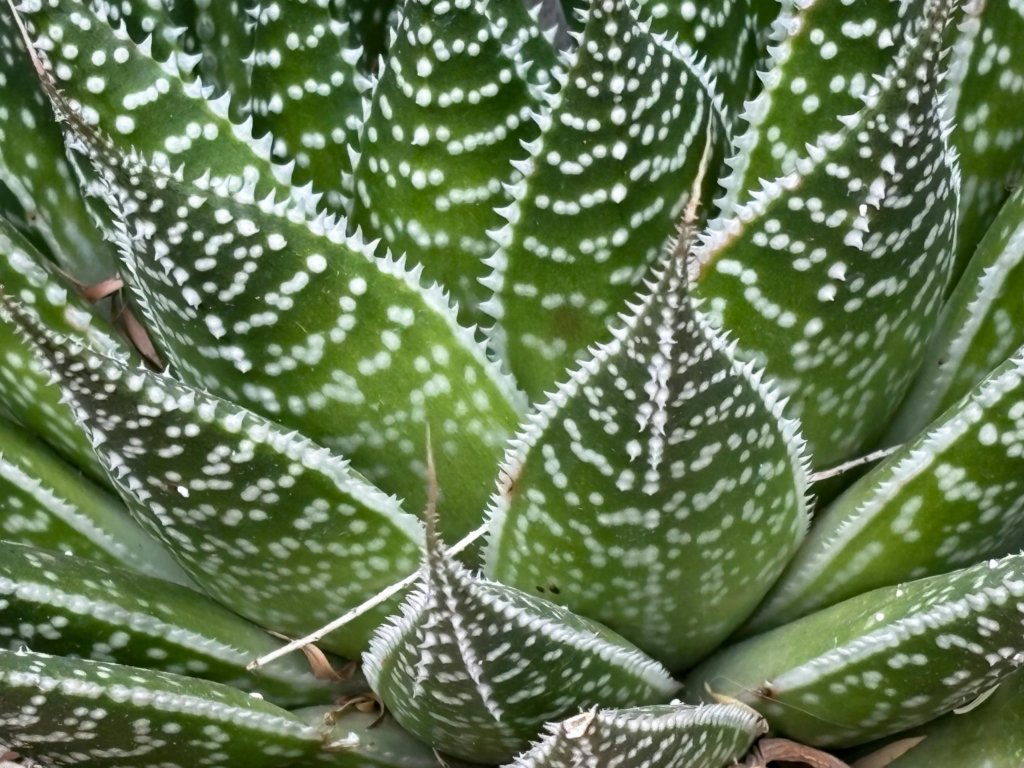
Both Agave and Aloe require good drainage and controlled watering. Too much water may cause root rot, especially in variegated cultivars, which are sometimes less vigorous than solid green types.
Aeonium and Kalanchoe Standout Specimens
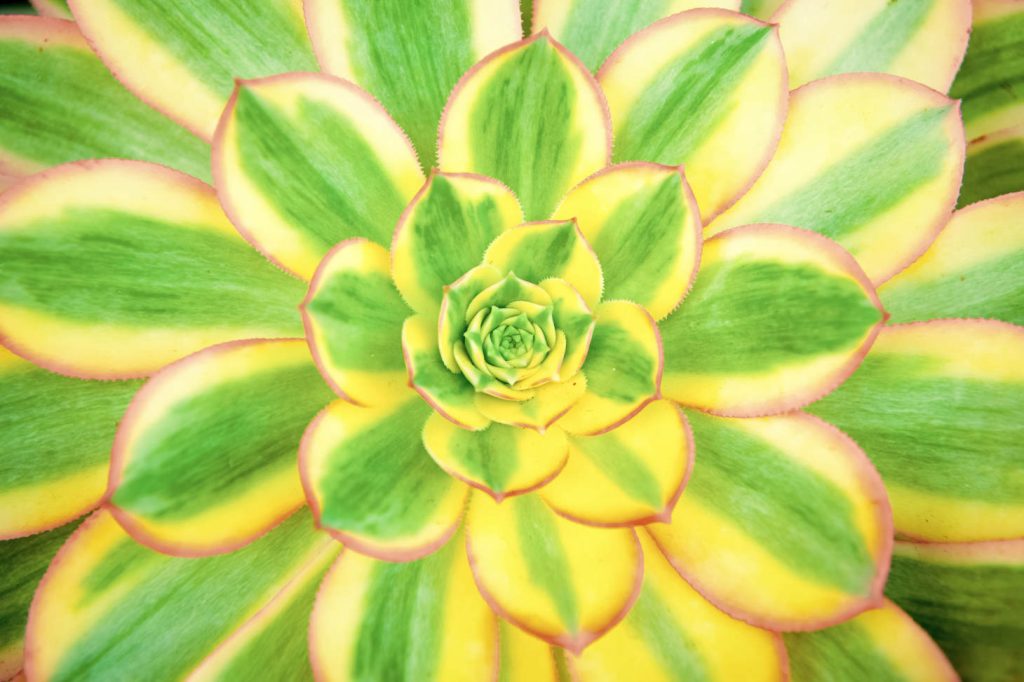
Aeonium and Kalanchoe provide bold shapes and patterns. Variegated Aeoniums, such as Aeonium ‘Sunburst’, display rosettes with creamy white and yellow edges, and sometimes blush pink tips in bright sun.
Aeonium leaves grow in tight clusters, often on tall stems. These plants prefer cooler summer temperatures and partial sun. Intense heat may cause dormancy or leaf loss.
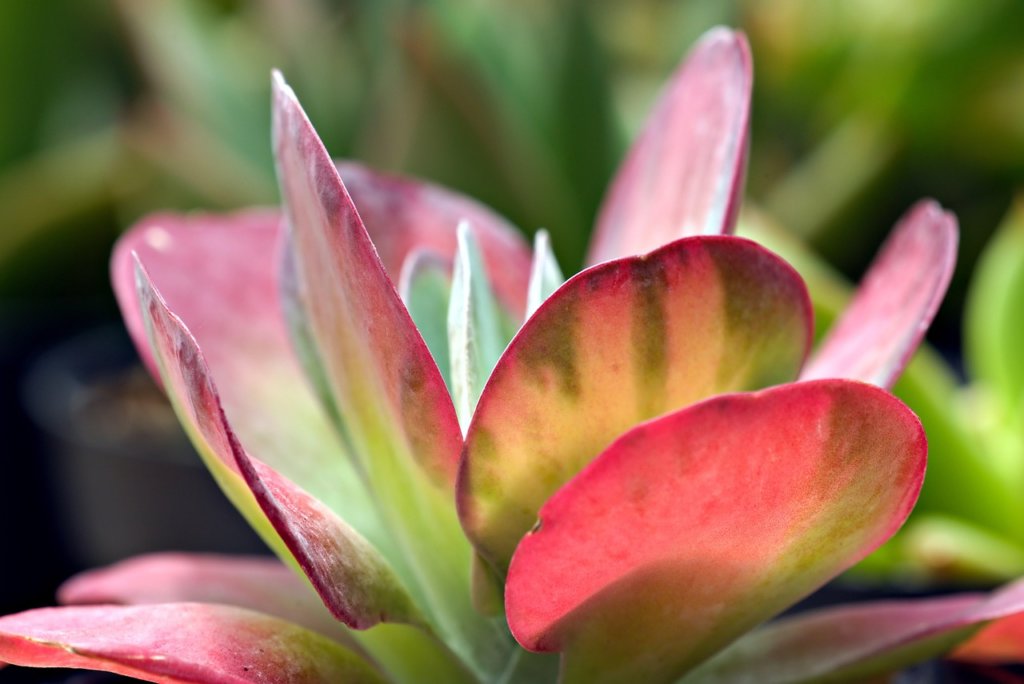
Certain Kalanchoe, like Kalanchoe ‘Fantastic’, show silver, green, pink, and cream marbling. These striking color blocks make Kalanchoe a top choice for adding pattern to your collection.
Both genera require even moisture and well-draining soil. Overwatering leads to rot, so let soil dry out between waterings.
Crassula, Haworthia, Sedum, and Senecio Examples
Crassula, Haworthia, Sedum, and Senecio all offer interesting variegated choices.
Crassula ovata ‘Variegata’ (Variegated Jade Plant) has green and white leaves that may blush pink in the sun. Haworthia cymbiformis variegata sports translucent green leaves with white stripes or edges.
Sedum stands out with cultivars like Sedum spurium ‘Tricolor’, which displays green, white, and rose-pink leaves. These small, spreading succulents do well in containers or groundcovers in well-drained areas.
Variegated Senecio, such as Senecio rowleyanus ‘Variegata’ (String of Pearls), produces pale green pearls marbled with cream or white. Provide bright indirect light and avoid overwatering to prevent root issues.
These genera are generally low-maintenance, but variegated types may need slightly more care than their all-green relatives. Select well-draining soils, avoid too much direct sun, and watch for signs of leaf burn or fading color.
Notable Variegated Succulent Cultivars
Some variegated succulents are especially popular because of their rare color patterns and growing habits. Certain types offer eye-catching designs, while others stand out due to their leaf texture and shape.
Aeonium tabuliforme f. variegata Features
Aeonium tabuliforme f. variegata, also called “Flat-Topped Aeonium,” is known for its flat, circular leaves that grow close to the ground. The leaves have cream or yellow edges, which stand out against the green center. Variegation patterns will vary, making each plant unique.
You will notice the rosette can reach up to 18 inches across. The leaves are slightly hairy to the touch and sometimes have a pink blush when exposed to sun or cooler nights. When growing, this cultivar prefers partial sunlight and well-draining soil. Too much direct sun can cause sunburn on the lighter leaf edges, so indirect light is best.
This Aeonium is monocarpic, which means it dies after flowering. However, it often produces offsets before blooming.
Echeveria ‘Compton Carousel’ Characteristics
Echeveria ‘Compton Carousel’ is famous for its compact rosettes and strong variegation. Its leaves are thick and spoon-shaped, with pale green centers and creamy-white to yellow edges. In the right light, you may notice a hint of pink or rose on the tips.
This cultivar rarely grows more than 6 inches across, making it a great choice for small pots or grouped arrangements. The tidy shape and clear variegation make it a favorite with collectors and home gardeners.
‘Compton Carousel’ prefers bright but indirect sunlight. Too little light will fade the colors, while too much direct light can cause the leaves to scorch. Water only when the soil is dry, as these plants are sensitive to root rot.
Gasteria carinata and Other Unique Selections
Gasteria carinata stands out due to its thick, pointed leaves and compact growth. The leaves often have white or cream streaks and spots that create a textured, almost reptilian look. These leaves are stiff and may have rough edges or raised bumps.
Gasteria species, including Gasteria carinata, are slow-growing. They adapt well to lower light, making them perfect for indoor spaces. Their variegation sometimes changes with the seasons or as the plant matures.
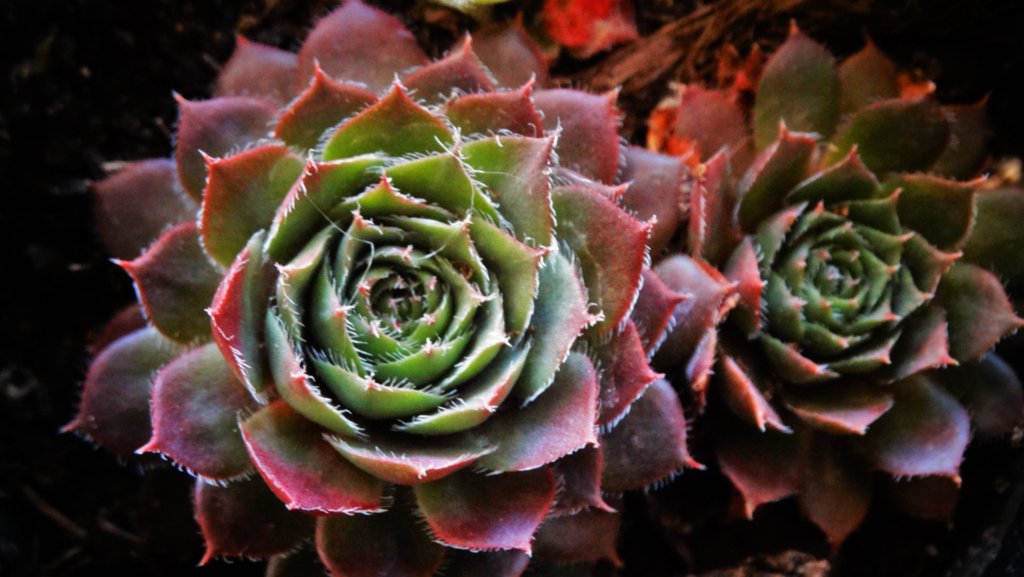
Other notable variegated succulents include Haworthia, Sempervivum ‘Red Rubin,’ and some rare Crassula types. Many collectors seek out these plants for their bold contrast and easy care. When growing these selections, use pots with good drainage and avoid overwatering to keep the variegation vivid and the leaves healthy.
Care and Propagation of Variegated Succulents
Caring for variegated succulents can be different from caring for regular succulents. You need to pay attention to light, water, and how you propagate these plants to keep their unique color patterns healthy and strong.
Optimal Light and Water Requirements

Variegated succulents have less chlorophyll than regular succulents, making them more sensitive to sunlight. Place them in bright, indirect light where they can get enough energy but avoid direct midday sun, which can cause sunburn on lighter leaf parts.
If you notice faded colors or burned patches, move the plant to a spot with filtered light. Morning sun by a window or a few feet away from a sunny window works well. Too little light will make them lose their patterns and look greener.
Water variegated succulents only when the soil is completely dry. Too much water can cause root rot, while too little water will cause shriveled, dry leaves. A breathable, well-draining soil mix, like succulent soil with added pumice, is best for preventing excess moisture.
Propagation Tips for Maintaining Variegation
To keep variegation in new plants, always select leaves or stems that show strong color variation. Not all cuttings will keep the same variegation, so it is best to choose parts that show both the light and dark areas.
Allow cuttings to dry and form a callous for a few days before placing them on well-draining soil. This step helps prevent rot. Rooting takes patience, but it is important to avoid getting the soil too wet.
When propagating from offsets or cuttings, watch for shoots that turn completely green. These should be removed to stop the plant from reverting to all-green leaves, which can outgrow the variegated parts over time.
Challenges and Maintenance Considerations

Variegated succulents grow slower because they have less chlorophyll for photosynthesis. They are also more likely to get sunburn or become stressed from extreme temperatures, so gentle care is needed.
Common problems include loss of variegation, patchy growth, and pest attacks. Regularly check for mealybugs and spider mites, as these pests can damage the weaker, lighter parts of the leaves. Remove pests with a cotton swab dipped in rubbing alcohol if you see any.
To encourage healthy growth, prune away solid green stems or leaves that start to appear. This helps the plant focus energy on growing the beautiful variegated sections and keeps the original coloring stable. Fertilize lightly during the growing season with a diluted succulent fertilizer to avoid overwhelming the sensitive roots.

